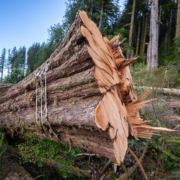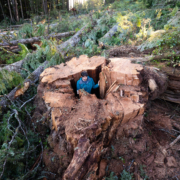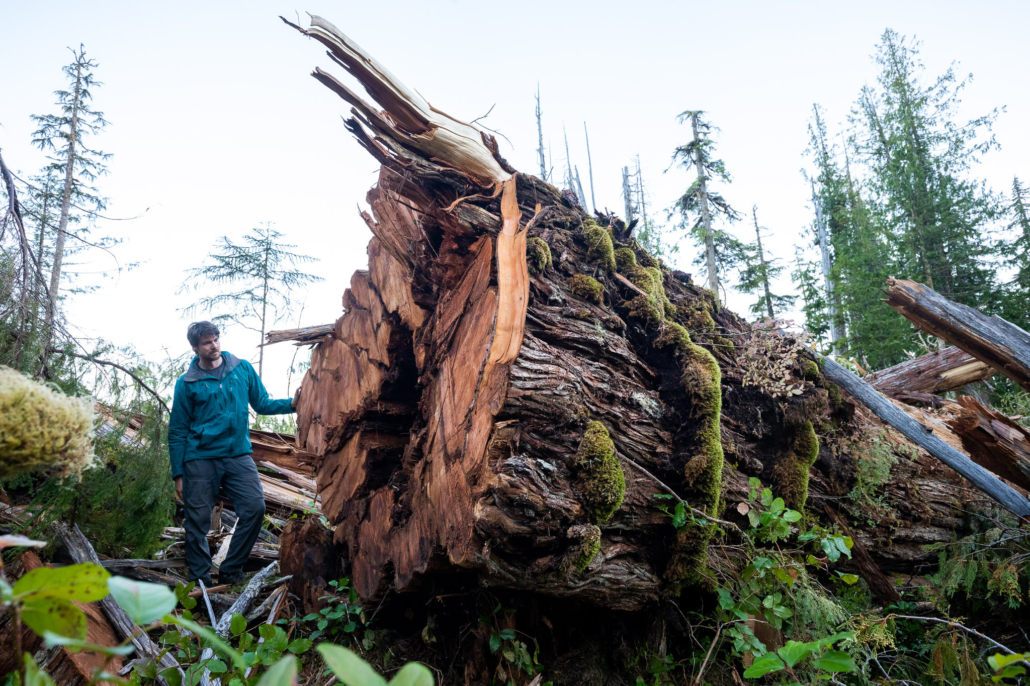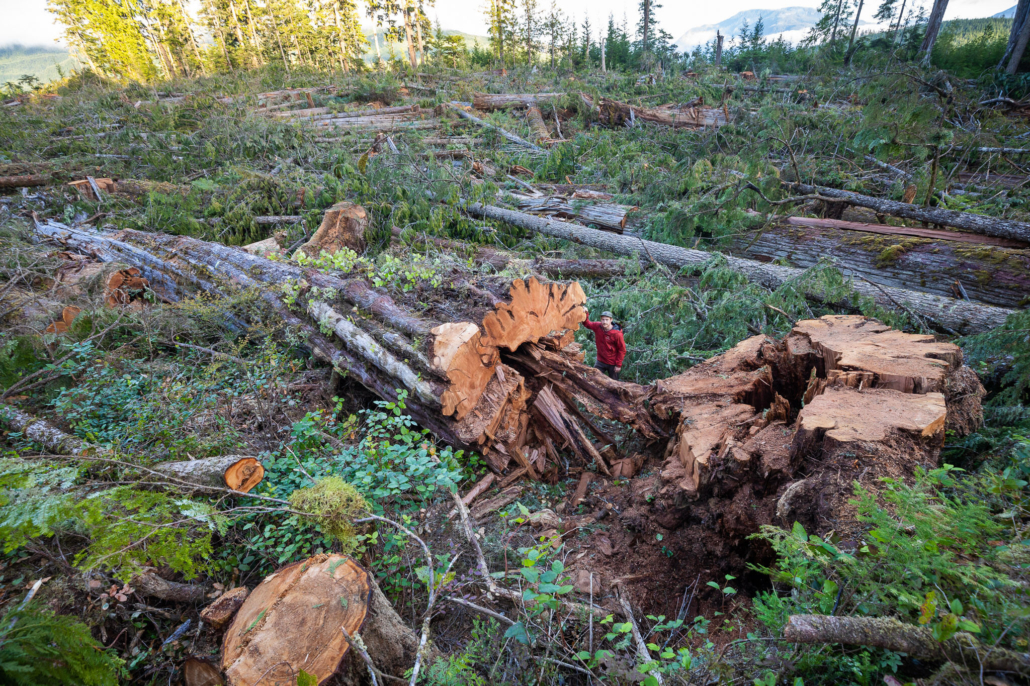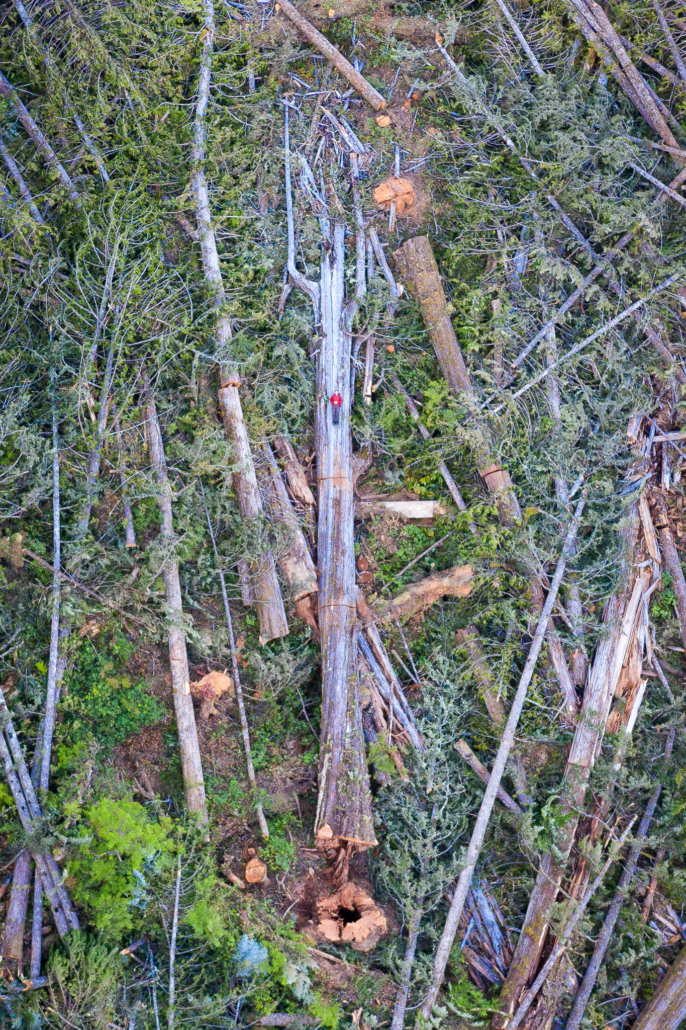Conservation Groups Urge BC Government to Hurry Up and Close Gaps in Old-Growth Protection
For Immediate Release
Monday, Sept 11th, 2023
Today on the three-year anniversary of the BC government’s September 2020 acceptance of the Old-Growth Strategic Review Panel’s 14 recommendations to ensure a “paradigm shift” in the conservation and management of old-growth forests in the province, the Endangered Ecosystems Alliance (EEA) and Ancient Forest Alliance (AFA) are urging the BC government to hurry up and close the gaps in old-growth protection in BC.
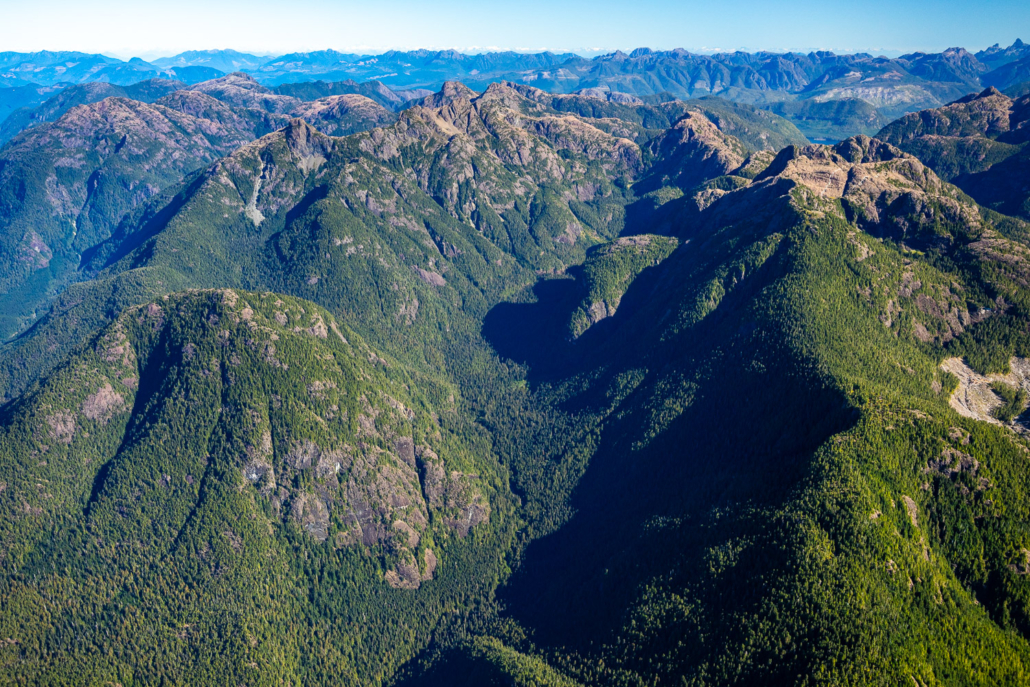
The McKelvie Valley near Tahsis in Mowachaht/Muchalaht territory where 2231 hectares (1852 hectares of old-growth) are now deferred from logging.
“The BC government under Premier Eby has taken some great steps forward in policy commitments: pledging to double protected areas from 15% to 30% of BC’s land area over the next seven years (it took over a century to protect the first 15%), bring major conservation financing support for Indigenous Protected and Conserved Areas, and to target protection for biodiverse areas, which would naturally include the productive old-growth forests with big trees. Premier Eby started off strong nine months ago with these commitments, and now he needs to pick it up and close the remaining gaps to secure old-growth logging deferrals in all of the most at-risk old-growth forests and to ensure that funding and protection go to the right areas,” stated Ken Wu, Endangered Ecosystems Alliance executive director.
Those gaps include:
- Providing critical funding to First Nations to offset any lost revenues (from their own logging operations and from revenue-sharing agreements with companies) to enable them to implement old-growth logging deferrals with the province in the most at-risk old-growth stands. The lack of funding from the province for a “solutions space” related to old-growth logging deferrals for First Nations has so far been their greatest failure in the development of effective old-growth policies in BC. This lack of funding has resulted in less than half of the 2.6 million hectares of the most at-risk unprotected old-growth stands recommended for deferral by the government’s own Technical Advisory Panel being accepted for deferral by First Nations.
- Ensuring that the forthcoming conservation financing mechanism and the BC Nature Fund (a potential $1.2 billion in federal-provincial funding) and BC Old-Growth Fund ($164 of federal-provincial funding) currently under development and negotiation (between the federal, provincial, and First Nations governments) includes economic funding for Indigenous-owned sustainable businesses (eg. in tourism, sustainable seafood, clean energy, non-timber forest products like wild mushrooms, value-added second-growth forestry, etc) linked to new protected areas, as alternatives to economic dependency on old-growth timber revenues and jobs. So far the BC government has indicated they will fund the needs of First Nations regarding community capacity (eg. land-use planning), stewardship jobs, data collection, monitoring, and enforcement regarding old-growth protection, but has not said yet whether the funding will support Indigenous sustainable businesses that are necessary to provide the long-term revenues to permanently supplant income from old-growth logging — the fundamental barrier for many First Nations protecting old-growth forests.
- Ensuring “ecosystem-based protection targets” for all types of ecosystems (not just an overall target of 30% by 2030 for BC’s total land area) that includes forest productivity distinctions (ie. the sites that produce large old-growth trees like well-drained valley-bottoms and lower elevations, versus small old-growth trees, like in bogs, on steep rock faces and at subalpine landscapes). Without ecosystem-based protection targets that include forest productivity distinctions, the BC government will continue to protect the sparsely treed alpine and subalpine ecosystems, while the larger old-growth stands continue to fall.
- Closing the protection gaps in the “forest reserve system”, that is, remove the ability of the Ministry of Forests to readily shift boundaries of and/or log in Old-Growth Management Areas (OGMA’s) and Wildlife Habitat Areas (WHA’s) and other such regulatory conservation designations, that, along with legislated protected areas such as Provincial Conservancies, are vital for the forthcoming protection of old-growth forests.
- Allowing for the addition of unmapped old-growth stands into deferral consideration that meet the Technical Advisory Panel’s criteria for at-risk old-growth, but were missed in the initial mapping exercise due to data errors. Currently, misidentified stands can be removed from deferral if they do not meet the criteria, but there is no mechanism to identify stands that were missed — a blatant and outrageous bias toward the old-growth logging industry. The actual deferral of any stands will always be contingent on First Nations acceptance.
- Include greater information transparency on where, how much, and in what categories old-growth logging deferrals and cutblocks are taking place.

Old-growth recommended for priority deferral in the Klanawa Valley currently under thread from road construction and logging.
In BC, successive court rulings regarding the government authority of First Nations on land use changes in their territory mean that the provincial government cannot unilaterally “just protect the old-growth forests” without the support of the local First Nations. First Nations have to consent to old-growth forest protection in their unceded territories if the province is going to establish any legislated protected areas. The province has also taken a position that First Nations support is necessary for any temporary deferrals on logging in their territories. Our organizations have heard from several First Nations that this is an important step to creating the goodwill needed for future negotiations over subsequent potential legislated protected areas in their territories.
However, many or most First Nations have an economic dependency on timber industry jobs and revenues in their territories, including in old-growth logging — a dependency facilitated and fostered by successive BC governments. Hence, government and private funding is vital to help finance First Nations’ sustainable economic alternatives (in industries such as eco-tourism, sustainable seafood, clean energy, non-timber forest products, etc.) to this old-growth logging dependency. Such “conservation financing” initiatives have resulted in the protection of major tracts of old-growth forests in the Great Bear Rainforest (Central and North Coast), Haida Gwaii, and increasingly in Clayoquot Sound. Recently alongside our partners, the Nature-Based Solutions Foundation and the Endangered Ecosyems Alliance, the Ancient Forest Alliance has begun working to bring conservation financing directly to the Kanaka Bar Indian Band and other First Nations to support their Indigenous Protected and Conserved Area (IPCA) initiatives.
Under relentless pressure from the Endangered Ecosystems Alliance, Ancient Forest Alliance, and various First Nations, the BC government since David Eby came to power has agreed to develop a provincial conservation financing mechanism to fund Indigenous Protected and Conserved Areas (IPCAs), and several major funding agreements are currently being negotiated with the federal government and First Nations that will result in likely several billion dollars or more to expand the protected areas system in BC soon.
“It’s critical that the BC government expedites conservation funding — both in the short and long term — for the deferral and protection of old-growth forests and other endangered ecosystems,” notes TJ Watt, campaigner and photographer with the Ancient Forest Alliance. “In the immediate term, ‘solution space’ funding is needed to help facilitate logging deferrals by ensuring that First Nations communities aren’t forced to choose between setting aside at-risk old growth and generating revenue for their communities. In the longer term, large-scale funding is necessary to support First Nations’ sustainable economic development, stewardship jobs, and creation of new Indigenous Protected and Conserved Areas (IPCAs) linked to protecting the most at-risk old-growth forests and ecosystems. This can include new land-use planning, Indigenous guardians programs, and, most importantly, the development of sustainable economic alternatives to old-growth logging such as tourism, clean energy, sustainable seafood harvesting, non-timber forest products, and value-added, second-growth forestry. We continue to find scores of old-growth stumps from freshly fallen trees, some measuring more than 10ft/3m wide, on our field expeditions, underscoring the permanent impacts these funding gaps have on the landscape.”
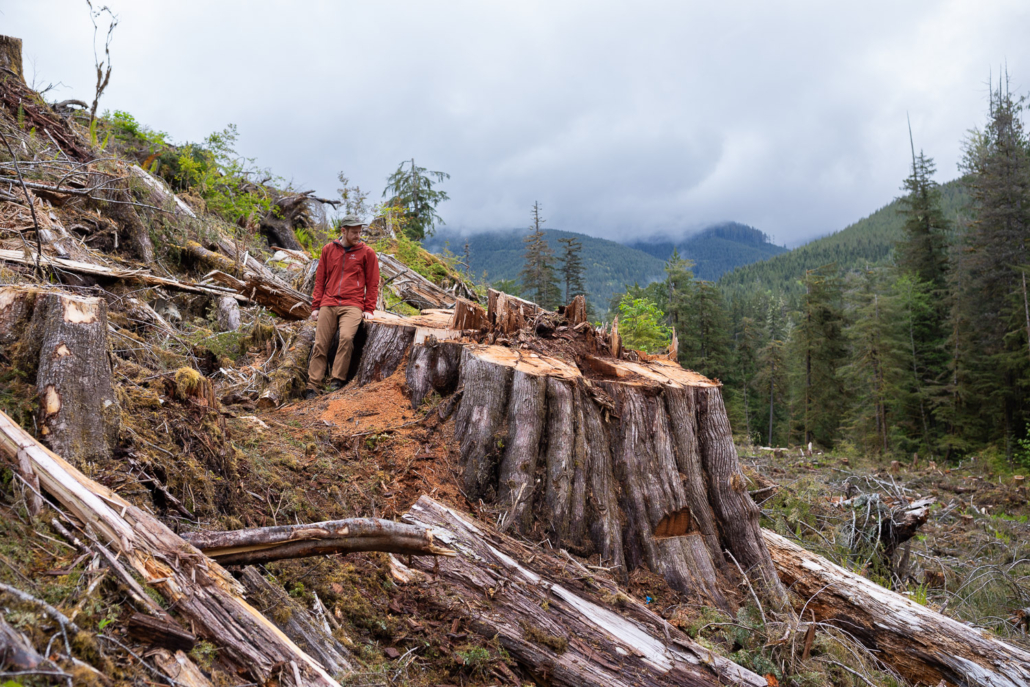
AFA’s TJ Watt sits a top a giant redcedar stump in a recommended deferral area logged by Teal Jones in the Caycuse Valley, Ditidaht territory.
Eby has also committed to doubling the protected areas system from 15% now to 30% by 2030 of the province’s land area, that is, to do in seven years what took about 100 years to do to reach the first 15%. He has also committed to targeting ‘biodiverse areas’ for protection, launching a Biodiversity and Ecosystem Health Framework that potentially could include the office of a Chief Ecologist who develops science-based protection targets for all ecosystems with Traditional Ecological Knowledge committees.
A month ago, EEA developed a small video series outlining the situation with old-growth forests in BC:
- Summary of BC’s Old-Growth Policy Development — Overview in early August 2023
- Why is Conservation Financing Vital? Video #1 and Video #2.
- Why are Ecosystem-Based Protection Targets Vital?
Many of these gaps in old-growth protection are elaborated upon in the EEA’s submission to the Biodiversity and Ecosystem Health Framework.
“The public is losing patience — and rightly so — over a lack of on-the-ground protection thus far, and the only way to speed this up is for the BC government to provide the enabling conditions — the critical funding for deferrals and protected areas, and the needed policy framework including ecosystem-based targets — to enable First Nations whose unceded lands these are to move forward more readily with logging deferrals and protected areas initiatives,” stated Ken Wu, EEA executive director.

